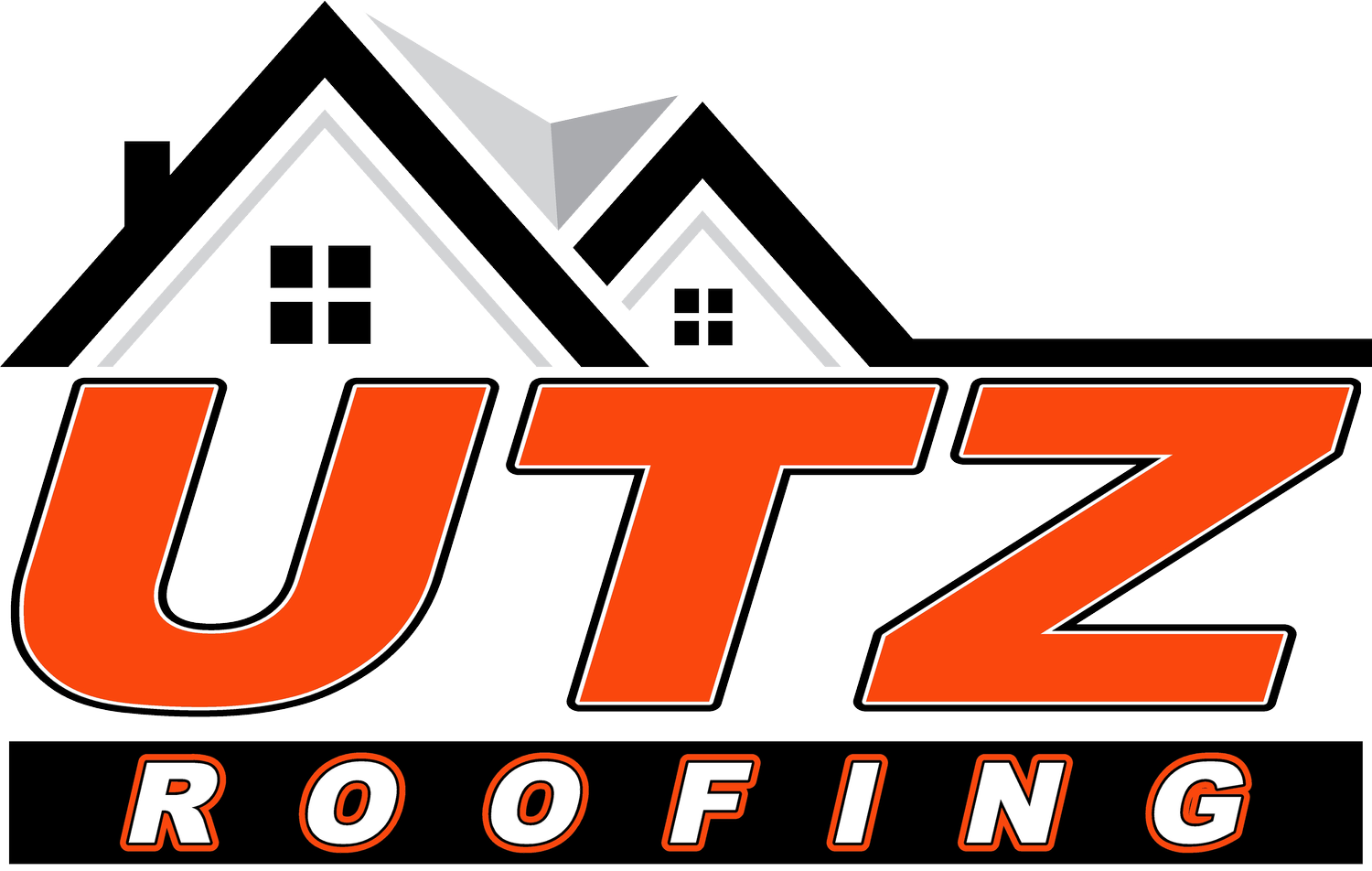Secondary Damage Prevention After Storms: Protecting Your Villa Ridge Home
For home buyers in Villa Ridge, Missouri, sudden storm damage to the roof can be just the beginning of a cascade of issues. While the immediate impact is often visible—like missing shingles or dented gutters—it’s the secondary roof damage that can cost you the most later on. This guide explores how to effectively prevent secondary roof damage after storms, ensuring peace of mind and protecting your investment in Villa Ridge properties.
Understanding Secondary Roof Damage
Secondary roof damage refers to hidden, progressive problems that develop after a storm’s initial impact. Even minor issues—like a loosened shingle or cracked seal—can turn into major leaks, rot, mold, or structural harm if not promptly addressed. Recognizing and addressing early signs is critical to safeguarding long-term roof performance.
Why Secondary Damage Is Dangerous
Water infiltration: Even small cracks allow water to bypass the roof’s first barrier
Rot and decay: Moisture trapped under shingles or in attic spaces causes wood to deteriorate
Mold and mildew: Hidden moisture fosters microbial growth, threatening indoor air quality
Insulation damage: Wet insulation loses its R-value and begins to harbor mold
Structural weakness: Compromised decking, rafters, or headers can spell larger expenses down the line
If left unchecked, secondary roof damage becomes far more expensive than the cost of timely repairs.
Common Sources of Secondary Roof Damage
Damaged flashing around vents, chimneys, or skylights
Shifted or cracked shingles that expose edges or sealant
Clogged gutters causing water to back up underneath roof edges
Loose drip edges or fascia allowing seepage behind trim
Impact cracks or fractures in underlayment or sheathing
Why Villa Ridge Climate Matters
Villa Ridge experiences a range of weather extremes—from spring hailstorms and heavy summer rain to wind, ice, and snowfall in winter. These cycles create ideal conditions for secondary roof damage. Shingles can crack, seals can rupture, and ice dams may force water beyond the roof’s protective layers. Even slight damage after one storm can compound with the next.
The Immediate Post-Storm Checklist
After a storm, take action quickly to reduce risk of secondary roof damage:
Inspect the perimeter: Walk around your home to look for missing shingles, debris, and downspouts backing up
Clear gutters and downspouts: Remove leaves, pine needles, and debris that encourage pooling
Check attic spaces: Look for daylight or moisture spots
Inspect flashing: Ensure chimney flashing, vent collars, and skylight seals are intact
Schedule a professional inspection: Even minor damage can lead to major issues later
How to Detect Hidden Issues
Moisture meters or infrared imaging: Detect wet roof decking or insulation in the attic
Interior checks: Examine ceilings, walls, and electrical fixtures for stains
Touch-testing: On a warm day, slightly lift suspect shingles to feel for trapped moisture
Probing deck seams: Use a screwdriver to find soft spots indicating rot
These techniques help uncover secondary roof damage before it escalates.
Repair Tips to Prevent Secondary Damage
Replace cracked or missing shingles promptly
Re-seal flashings with compatible roofing cement
Clear and maintain gutters to ensure proper drainage
Install drip edges if missing, to guide water away from fascia
Apply underlayment patches where the roof deck is exposed
Upgrade to ice/water shield in vulnerable areas post-storm
Timely repair significantly reduces your risk of costly secondary damage.
Professional Maintenance Strategies
Pro roofing services like Utz Roofing can support your best defense against secondary roof damage:
Annual or seasonal roof inspections
Post-storm inspections with full reporting
Effective debris management and clearing
Proper sealing and flashing support
Ice dam prevention tactics (e.g., attic ventilation, heat trace lines)
Moisture mapping and attic moisture control
Prevent Secondary Damage with Attic Care
Attic conditions heavily influence roof longevity:
Maintain proper insulation (R-38+)
Ensure soffit and ridge ventilation are balanced
Repair attic air leaks that carry heat upward
Check attic for humidity, staining, or wood discoloration
Effective attic management is a key strategy against secondary roof damage.
Insurance & Documentation Tips
Document damage with photos immediately after storms
Keep repair records and inspection reports on file
Check your policy’s coverage for secondary roof damage
Understand claim timelines and requirements
Work with licensed roofers recognized by your insurance provider
Proper documentation can make insurance claims smoother and ensure comprehensive recovery.
Real Life: Villa Ridge Secondary Damage Case Study
A new homeowner’s house experienced a small shingle crack after hail. Because they replaced it promptly and sealed the area, they avoided the typical mold and insulation damage many neighbors faced following the next winter. Early action against secondary roof damage saved them thousands.
Seasonal Tips to Guard Against Secondary Damage
Spring: Address ice dams and melted snow issues
Summer: Inspect after hail or wind events
Fall: Clean leaves before winter
Winter: Monitor for ice backup and attic heat leaks
A season-by-season approach helps stop secondary roof damage before it accelerates.
Choosing Utz Roofing for Your Roof’s Protection
At Utz Roofing, we help Villa Ridge homeowners by:
Completing thorough post-storm reviews
Providing cost-effective repair plans
Educating you on signs of secondary damage
Supporting insurance claim documentation
Offering seasonal maintenance programs that reduce emergency repair frequency
Our goal? To ensure primary roof damage never becomes a secondary catastrophe.
Wrapping Up
For most home buyers, secondary roof damage is the hidden threat that turns a minor concern into a major expense. Storm impacts—even small ones—can quickly escalate. By combining regular inspection routines, timely repairs, attic maintenance, and professional support, Villa Ridge homeowners can protect their investments and enjoy peace of mind, no matter the weather.
Want help protecting your home before or after a storm? Contact Utz Roofing today—where proactive defense beats reactive repairs every time.
